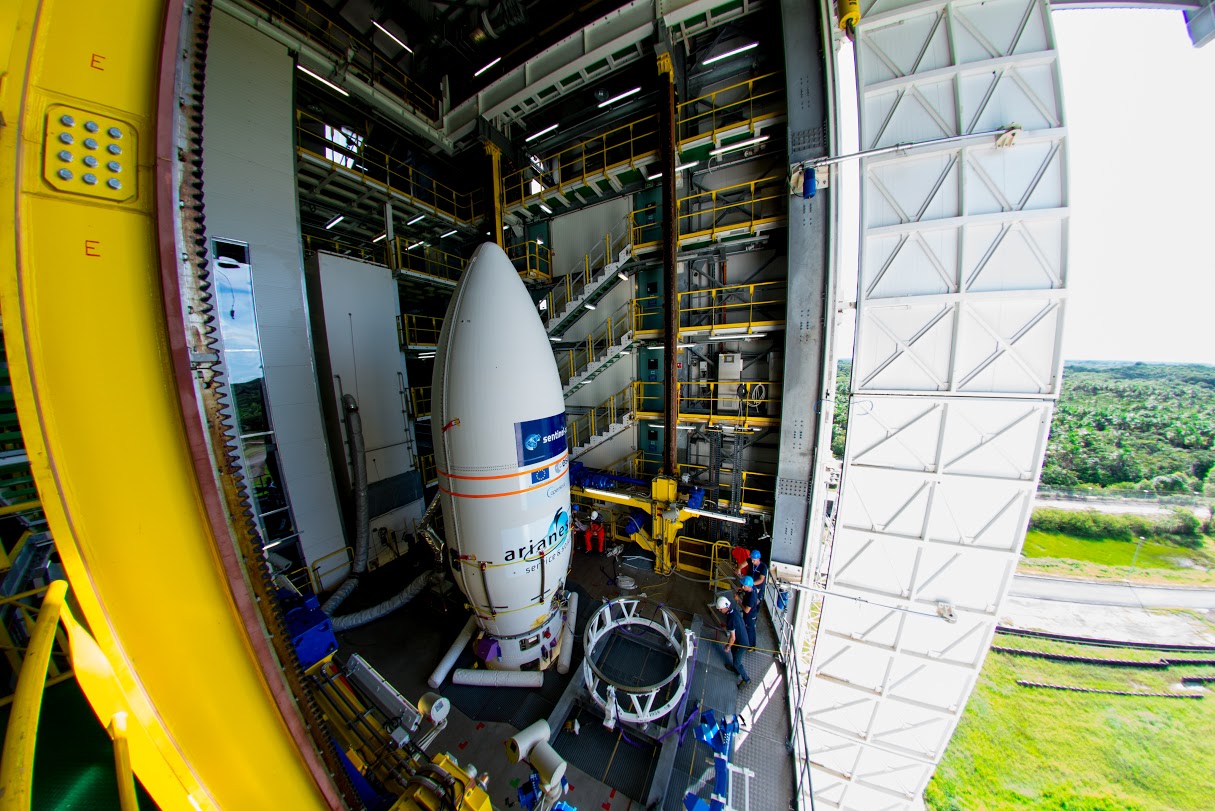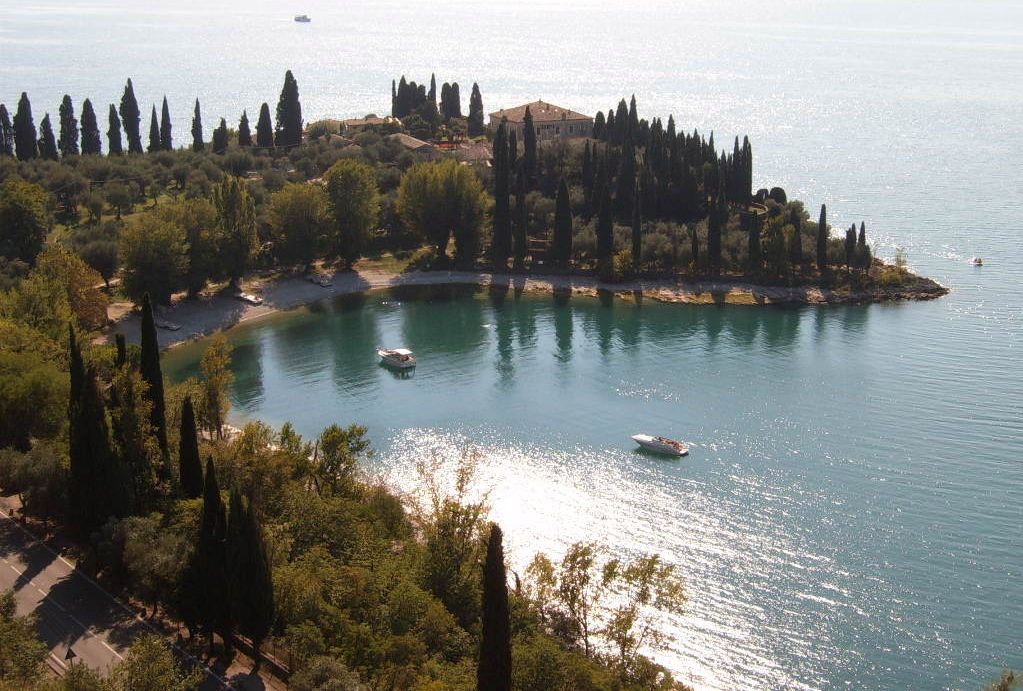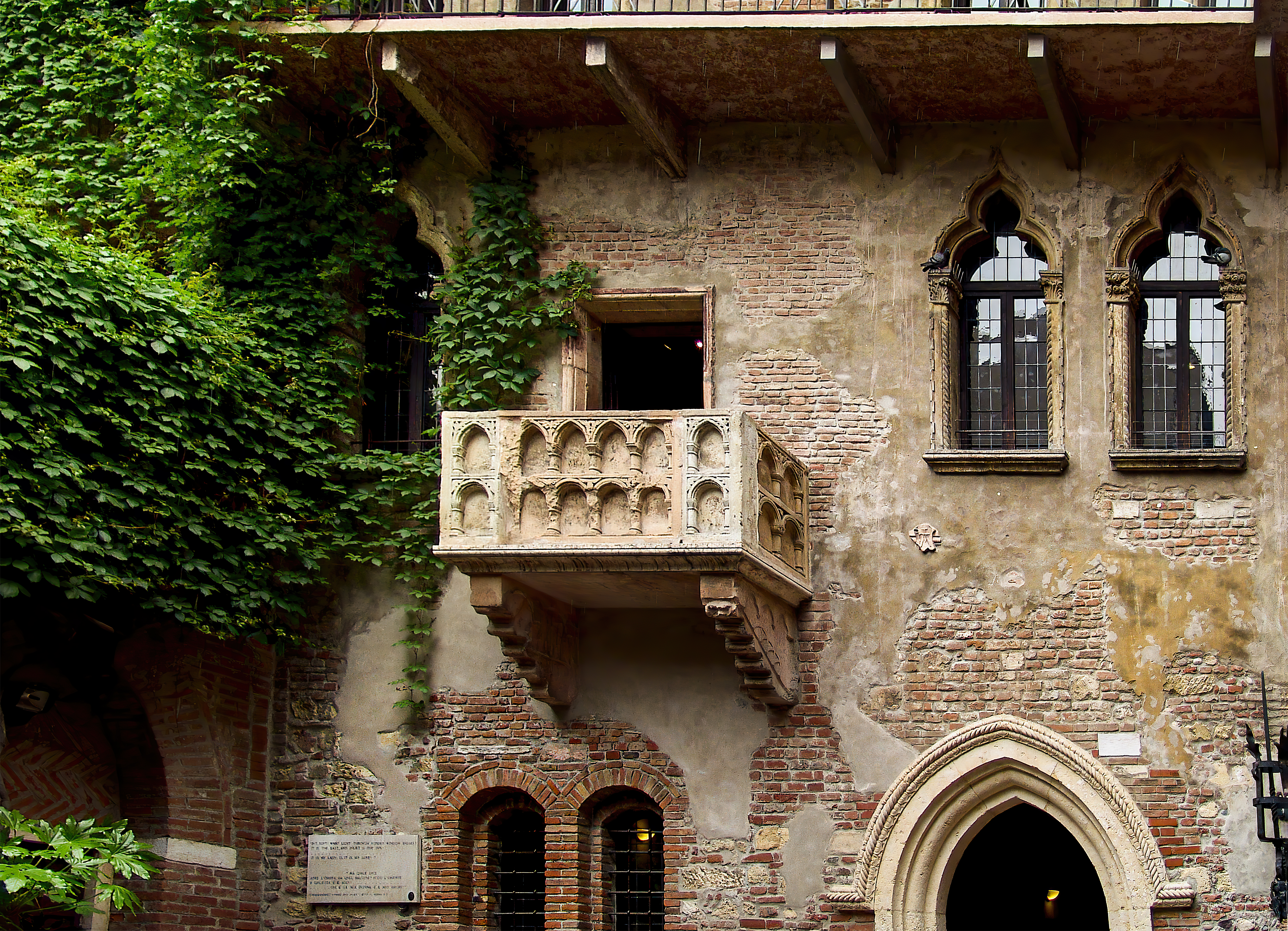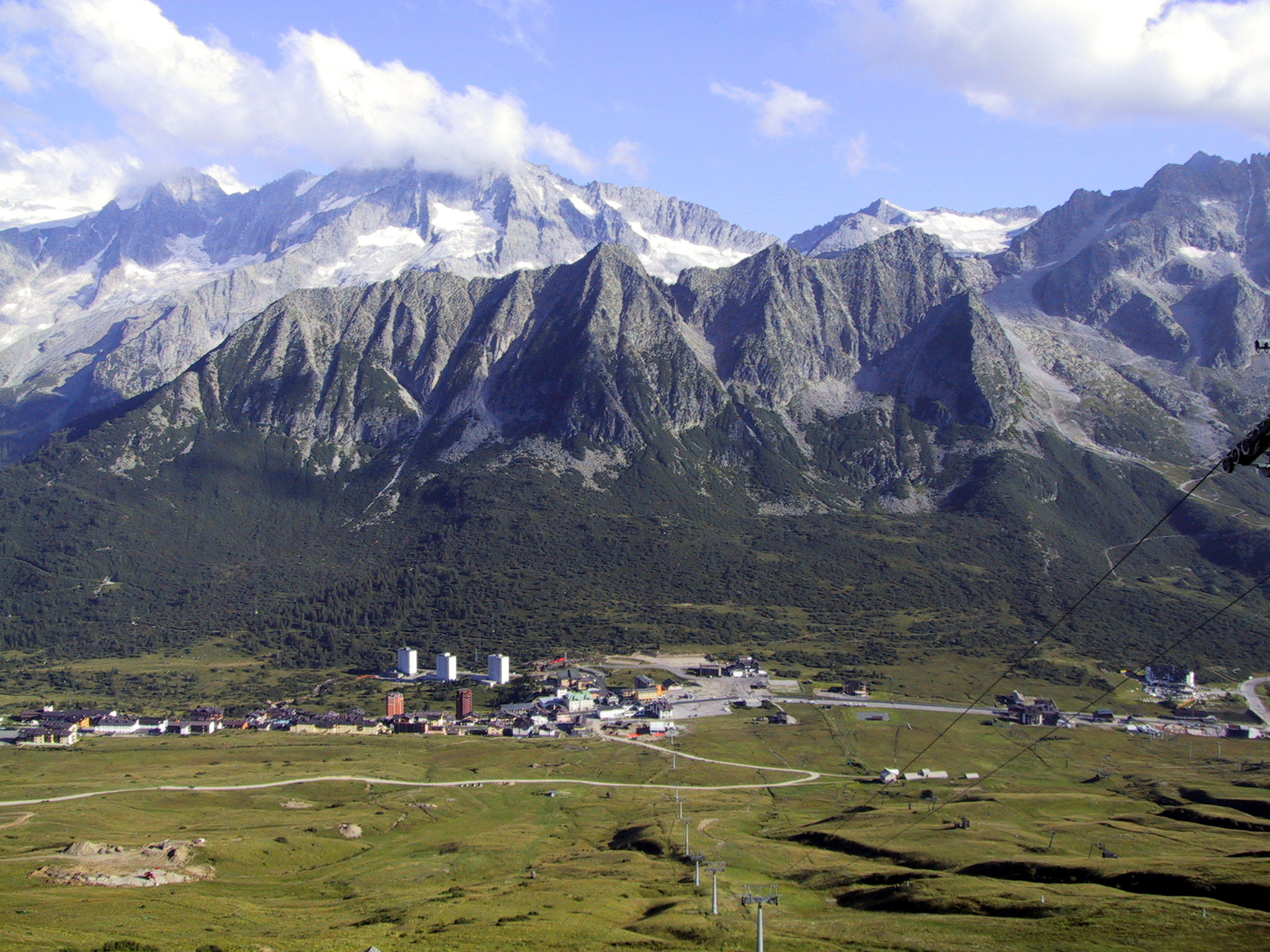|
Lake Garda
Lake Garda (, , or , ; ; ) is the largest lake in Italy. It is a popular holiday location in northern Italy, between Brescia and Milan to the west, and Verona and Venice to the east. The lake cuts into the edge of the Eastern Alps, Italian Alps, particularly the Alpine List of mountain groups in the Alpine Club classification of the Eastern Alps, sub-ranges of the Garda Mountains and the Brenta group, Brenta Group. Glaciers formed this alpine region at the end of the Last Glacial Period, last ice age. The lake and its shoreline are divided between the provinces of Province of Brescia, Brescia (to the south-west), Province of Verona, Verona (south-east) and Trentino (north). Etymology In Roman times the lake was known as ''Benacus'' and by some it was revered as god Benacus, the personification of the lake, sometimes associated with the cult of Neptune (mythology), Neptune. Today it is better known as Lake Garda, a toponym of Germanic origin attested since the Middle Ages and de ... [...More Info...] [...Related Items...] OR: [Wikipedia] [Google] [Baidu] |
Sentinel-2
Sentinel-2 is an Earth observation mission from the Copernicus Programme that acquires optical imagery at high spatial resolution (10 m to 60 m) over land and coastal waters. The mission's Sentinel-2A and Sentinel-2B satellites were joined in orbit in 2024 by a third, Sentinel-2C, and in the future by Sentinel-2D, eventually replacing the A and B satellites, respectively. The mission supports services and applications such as agricultural monitoring, emergencies management, land cover classification, and water quality. Sentinel-2 has been developed and is being operated by the European Space Agency. The satellites were manufactured by a consortium led by Airbus Defence and Space in Friedrichshafen, Germany. Overview The Sentinel-2 mission includes: * Multispectral image, Multi-spectral data with 13 bands in the Visible spectrum, visible, Infrared#Regions within the infrared, near infrared, and Infrared#Regions within the infrared, short wave infrared part of the Electromagnetic ... [...More Info...] [...Related Items...] OR: [Wikipedia] [Google] [Baidu] |
Eastern Alps
The Eastern Alps are usually defined as the area east of a line from Lake Constance and the Alpine Rhine valley, up to the Splügen Pass at the Main chain of the Alps, Alpine divide, and down the Liro (Como), Liro River to Lake Como in the south. The peaks and mountain passes are lower than the Western Alps, while the range itself is broader and less arched. Geography Overview The Eastern Alps include the eastern parts of Switzerland (mainly Graubünden), all of Liechtenstein, and most of Austria from Vorarlberg to the east, as well as parts of extreme Southern Germany (Upper Bavaria), northwestern Italy (Lombardy), northeastern Italy (Trentino-Alto Adige/Südtirol, Veneto and Friuli-Venezia Giulia) and a good portion of northern Slovenia (Upper Carniola and Lower Styria). In the south the range is bound by the Italian Po Valley, Padan Plain; in the north the valley of the Danube River separates it from the Bohemian Massif. The easternmost spur is formed by the Vienna Woods range ... [...More Info...] [...Related Items...] OR: [Wikipedia] [Google] [Baidu] |
Lombards
The Lombards () or Longobards () were a Germanic peoples, Germanic people who conquered most of the Italian Peninsula between 568 and 774. The medieval Lombard historian Paul the Deacon wrote in the ''History of the Lombards'' (written between 787 and 796) that the Lombards descended from a small tribe called the Winnili,: "From Proto-Germanic language, Proto-Germanic ''wikt:Reconstruction:Proto-Germanic/winnaną, winna-'', meaning "to fight, win" who dwelt in northern Germany before migrating to seek new lands. Earlier Roman-era historians wrote of the Lombards in the first century AD as being one of the Suebian peoples, also from what is now northern Germany, near the Elbe river. They migrated south, and by the end of the fifth century, the Lombards had moved into the area roughly coinciding with modern Austria and Slovakia north of the Danube. Here they subdued the Heruls and later fought frequent wars with the Gepids. The Lombard king Audoin defeated the Gepid leader Thuris ... [...More Info...] [...Related Items...] OR: [Wikipedia] [Google] [Baidu] |
Gardone Riviera
Gardone Riviera ( Gardesano: ) is a town and ''comune'' in the province of Brescia, in Lombardy. It is situated on the western shore of Lake Garda. It is one of I Borghi più belli d'Italia ("The most beautiful villages of Italy"). Twin towns Gardone Riviera is twinned with: * Arcachon, France, since 1980 * Pescara, Italy, since 2010 Main sights * The Vittoriale degli Italiani is a former residence of the poet Gabriele D'Annunzio. He donated it to the Italian State before his death. It is now a national monument and houses a MAS fast military ship and the plane on which D'Annunzio raided Vienna. * The English band King Crimson recorded in its auditorium the songs "Three of a Perfect Pair" and "Blastic Rhino" for the album '' Heavy ConstruKction'' recorded (June 21, 2000). * The Giardino Botanico Fondazione André Heller is a botanical garden maintained by artist André Heller Franz André Heller (; born 22 March 1947 as Francis Charles Georges Jean André Heller-Hueart ... [...More Info...] [...Related Items...] OR: [Wikipedia] [Google] [Baidu] |
Garda, Veneto
Garda is a town and ''comune'' on the shore of Lake Garda, in the province of Verona, Veneto, northeastern Italy. Garda is from Verona, and is one of the smallest towns in the whole province. Main sights The historical centre of the town, with narrow streets, is still intact. Sights include: *''Villa degli Albertini'' (16th century) with its magnolia trees, *''Palazzo dei Capitani'' (''Captain's Palace''), a pale-yellow edifice built in Venetian Gothic architecture, Gothic style (14th century) *''Palazzo Carlotti'', built in Renaissance architecture, Renaissance style *''Santa Maria Assunta''. This parish church dates from the 6th–7th century, but was rebuilt starting in 1530 by Giovanni Matteo Giberti. However, the construction was stopped due to lack of funds, and the church, dedicated to the Assumption of the Virgin Mary, was completed only in 1764. The door portals (1824) are made with white Veronese stone. The interior consists of a nave and two aisles. The eastern si ... [...More Info...] [...Related Items...] OR: [Wikipedia] [Google] [Baidu] |
Middle Ages
In the history of Europe, the Middle Ages or medieval period lasted approximately from the 5th to the late 15th centuries, similarly to the post-classical period of global history. It began with the fall of the Western Roman Empire and transitioned into the Renaissance and the Age of Discovery. The Middle Ages is the middle period of the three traditional divisions of Western history: classical antiquity, the medieval period, and the modern period. The medieval period is itself subdivided into the Early, High, and Late Middle Ages. Population decline, counterurbanisation, the collapse of centralised authority, invasions, and mass migrations of tribes, which had begun in late antiquity, continued into the Early Middle Ages. The large-scale movements of the Migration Period, including various Germanic peoples, formed new kingdoms in what remained of the Western Roman Empire. In the 7th century, North Africa and the Middle East—once part of the Byzantine Empire� ... [...More Info...] [...Related Items...] OR: [Wikipedia] [Google] [Baidu] |
Neptune (mythology)
Neptune ( ) is the god of freshwater and the sea in the Roman religion. He is the counterpart of the Greek god Poseidon.''Larousse Desk Reference Encyclopedia'', The Book People, Haydock, 1995, p. 215. In the Greek-inspired tradition, he is a brother of Jupiter and Pluto, with whom he presides over the realms of heaven, the earthly world (including the underworld), and the seas. Salacia is his wife. Depictions of Neptune in Roman mosaics, especially those in North Africa, were influenced by Hellenistic conventions. He was likely associated with freshwater springs before the sea; his festival, '' Neptunalia'', took place on July 23, during the peak of summer when water was scarcest. Like Poseidon, he was also worshipped by the Romans as a god of horses, ''Neptunus equestris,'' who was also a patron of horse-racing. Worship The theology of Neptune is limited by his close identification with the Greek god Poseidon, one of many members of the Greek pantheon whose theol ... [...More Info...] [...Related Items...] OR: [Wikipedia] [Google] [Baidu] |
Trentino
Trentino (), officially the Autonomous Province of Trento (; ; ), is an Autonomous province#Italy, autonomous province of Italy in the Northern Italy, country's far north. Trentino and South Tyrol constitute the Regions of Italy, region of Trentino-Alto Adige/Südtirol, an autonomous region under the constitution. The province is composed of 166 ''comuni'' (: ''comune''). Its capital is the city of Trento (Trent). The province covers an area of more than , with a total population of 541,098 in 2019. Trentino is renowned for its Mountain, mountains, such as the Dolomites, which are part of the Alps. Etymology The province is generally known as "Trentino". The name derives from Trento, the capital city of the province. Originally, the term was used by the local population only to refer to the city and its immediate surroundings. Under former Austrian Empire, Austrian rule, which began in the 19th century (previously, Trentino was governed by the local bishop), the common German ... [...More Info...] [...Related Items...] OR: [Wikipedia] [Google] [Baidu] |
Province Of Verona
The province of Verona (Italian: ''provincia di Verona'') is a province of the Veneto region in Italy. On its northwestern border, Lake Garda—Italy's largest—is divided between Verona and the provinces of Brescia (Lombardy region) and Trentino (Trentino-Alto Adige/Südtirol region). Its capital is the city of Verona. The city is a UNESCO World Heritage Site. The province is cosmopolitan in nature. It is bordered by Italian Tyrol in the north, province of Vicenza and province of Padua in the east, province of Rovigo and province of Mantua in the south, and Lake Garda in the west. From north to south the maximum extent of the province is 50 miles while it is 25 miles from east to west. Overview The province has an area of and a total population of about 0.9 million. There are 98 ''comuni'' (: ''comune'') in the province. Important ''comuni'' include Bovolone, Bonavigo, Bussolengo, Cerea, Isola della Scala, Legnago, Negrar di Valpolicella, Peschiera del Garda, San ... [...More Info...] [...Related Items...] OR: [Wikipedia] [Google] [Baidu] |
Province Of Brescia
The province of Brescia (; Brescian: ) is a Provinces of Italy, province in the Lombardy region of Italy. It has a population of some 1,265,964 (as of January 2019) and its capital is the city of Brescia.With an area of 4,785 km2, it is the biggest province of Lombardy. It is also the second province of the region for the number of inhabitants and fifth in Italy (first, excluding Metropolitan cities of Italy, metropolitan cities). It borders the province of Sondrio to the north and north west, the province of Bergamo to the west, the province of Cremona to the south west and south, the province of Mantua to the south. On its northeastern border, Lake GardaItaly's largestis divided between Brescia and the neighboring provinces of Province of Verona, Verona (Veneto region) and Trentino (Trentino-Alto Adige/Südtirol region). The province stretches between Lake Iseo in the west, Lake Garda in the east, the Southern Rhaetian Alps in the north and the Lombardian plains in the sou ... [...More Info...] [...Related Items...] OR: [Wikipedia] [Google] [Baidu] |
Glacier
A glacier (; or ) is a persistent body of dense ice, a form of rock, that is constantly moving downhill under its own weight. A glacier forms where the accumulation of snow exceeds its ablation over many years, often centuries. It acquires distinguishing features, such as crevasses and seracs, as it slowly flows and deforms under stresses induced by its weight. As it moves, it abrades rock and debris from its substrate to create landforms such as cirques, moraines, or fjords. Although a glacier may flow into a body of water, it forms only on land“Glacier, N., Pronunciation.” Oxford English Dictionary, Oxford UP, June 2024, https://doi.org/10.1093/OED/7553486115. Accessed 25 Jan. 2025. and is distinct from the much thinner sea ice and lake ice that form on the surface of bodies of water. On Earth, 99% of glacial ice is contained within vast ice sheets (also known as "continental glaciers") in the polar regions, but glaciers may be found in mountain ranges on ever ... [...More Info...] [...Related Items...] OR: [Wikipedia] [Google] [Baidu] |







